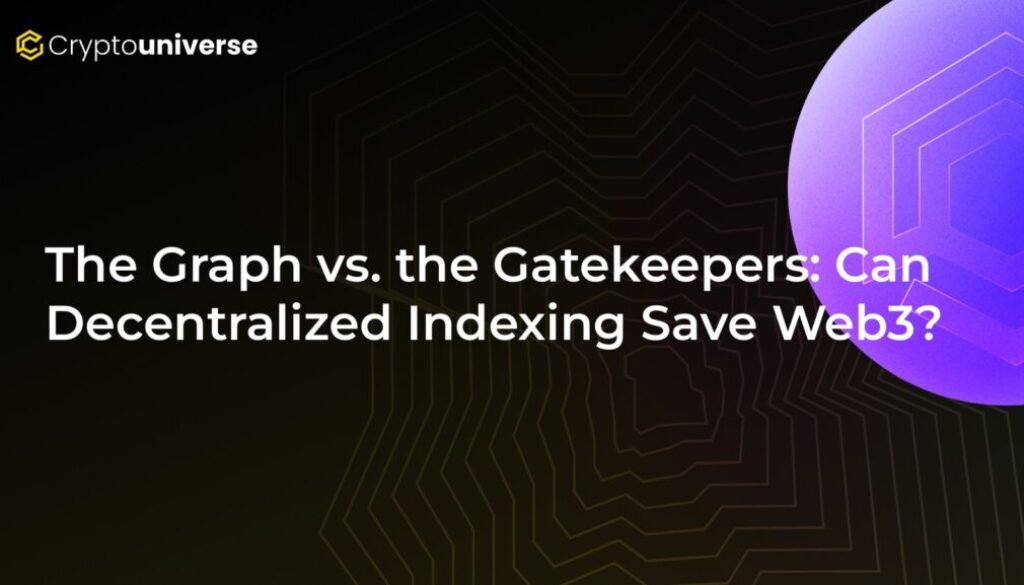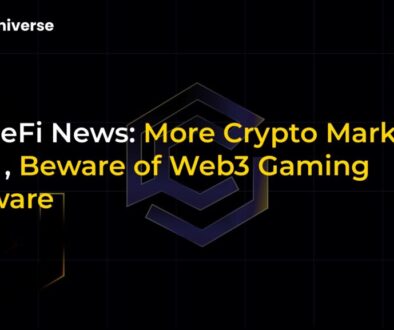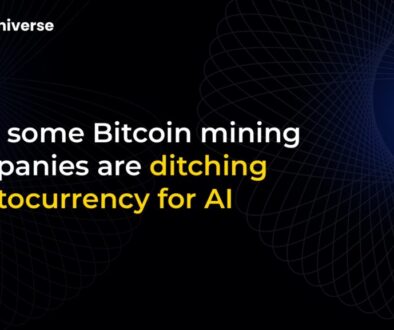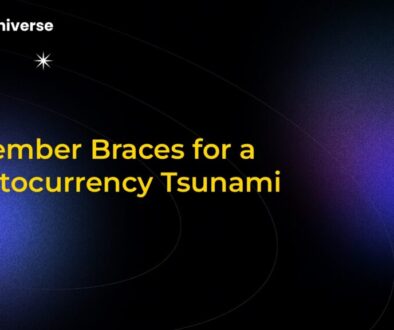The Graph vs. the Gatekeepers: Can Decentralized Indexing Save Web3?

The Unspoken Problem at the Heart of Web3
Web3 promises a bold new internet: a decentralized, transparent, and user-owned digital world. It’s a vision built on the foundation of blockchains, free from the control of tech giants and middlemen. But there’s a dirty secret lurking beneath the surface of many decentralized applications (dApps). To function, they need data, and getting that data is often a messy, centralized affair.
This paradox creates a new set of gatekeepers, threatening the very principles Web3 aims to uphold. It’s a battle of ideologies, a conflict we can call
The Blockchain Data Dilemma: A Library Without a Catalog
Imagine trying to find a specific sentence in a library containing millions of books, none of which are organized, indexed, or even have titles. That’s what it’s like for a developer trying to pull specific information from a blockchain.
Blockchains are incredible at recording data securely and chronologically, but they aren’t designed for efficient retrieval. The data is raw, unorganized, and spread across countless blocks. Before solutions emerged, developers had to:
- Run their own expensive, full-time server (a full node).
- Build custom, complex processes to scan every single block and transaction.
- Create and maintain their own private databases to make the data usable.
This process is not only slow and incredibly resource-intensive but also creates a central point of failure. If that one server goes down, the entire application breaks. This wasn’t just an inconvenience; it was a barrier to building the scalable, resilient applications Web3 promised.
Enter the New Gatekeepers
To solve this headache, centralized indexing services popped up. They did the heavy lifting, running the nodes and building the databases, then sold access to developers through a simple API. It was a quick fix that allowed developers to build faster. But this convenience came at a steep cost: decentralization.
By relying on these services, dApps were plugging back into the very model they were supposed to replace. They were trusting a single company to provide accurate data, stay online, and not censor information. These centralized services became the new gatekeepers of Web3 data, holding the keys to the kingdom. If they go down, or decide to cut off access, the dApps that rely on them are powerless.
The Graph: A Decentralized Answer to a Centralized Problem
This is where The Graph Protocol enters the picture. Often called the “Google of Web3,” The Graph offers a radically different approach: a decentralized network for indexing and querying blockchain data.
Instead of one company controlling the data flow, The Graph is a global, open marketplace of participants who work together to organize blockchain data and make it easily accessible. Developers can tap into this network to access organized data from dozens of blockchains through open APIs called “subgraphs.”
This allows builders to create truly decentralized applications without compromising on performance or user experience. They can finally build on a data layer that shares the same ethos as the blockchain itself: open, permissionless, and resilient.
How Does It Actually Work?
The Graph’s ecosystem is powered by its native token, GRT, and a set of key participants who are economically incentivized to keep the network running smoothly:
- Indexers: These are the network’s workhorses. They run the hardware, stake GRT, and process the data for subgraphs. In return for serving queries, they earn fees and rewards.
- Curators: Curators are data connoisseurs. They use their GRT to signal which subgraphs are high-quality and should be indexed by the network. They earn a portion of the query fees for the subgraphs they signal on.
- Delegators: Anyone can participate by delegating their GRT to an existing Indexer. They contribute to the network’s security and earn a portion of the Indexer’s rewards without having to run any hardware themselves.
- Consumers: These are the developers and dApps who pay small query fees to retrieve the data they need from the network.
This crypto-economic model creates a self-sustaining and reliable system. No single entity is in control, and all participants are motivated to provide and maintain accurate, fast, and reliable data.
So, Can
The Graph isn’t a silver bullet for every challenge Web3 faces, but it provides a critical, foundational piece of the puzzle. Without a decentralized way to access data, the vision of a truly decentralized internet remains just that—a vision.
By solving the data indexing problem, The Graph delivers on several key promises of Web3:
- True Decentralization: It removes the need to trust centralized data providers, eliminating single points of failure.
- Censorship Resistance: No single government or corporation can dictate which data is available or shut down access.
- Enhanced Reliability: A global network of thousands of node operators is far more resilient than a single company’s servers.
- Interoperability: It helps unify a fragmented ecosystem by providing a consistent way to access data across many different blockchains.
The struggle between centralized convenience and decentralized principles is ongoing. But with a robust and constantly evolving infrastructure like The Graph, which recently unveiled a new roadmap for its next era, the decentralized future looks much more achievable. It proves that we don’t have to sacrifice the core values of Web3 for usability. We can, and must, build a better internet on a foundation that is as open and resilient as the blockchains themselves.


